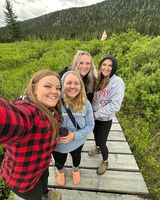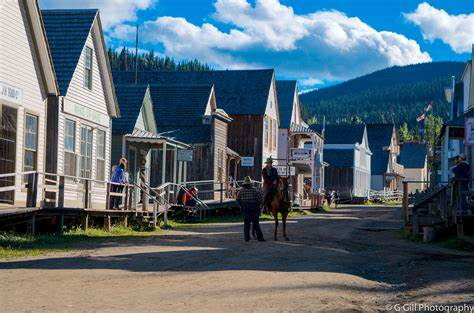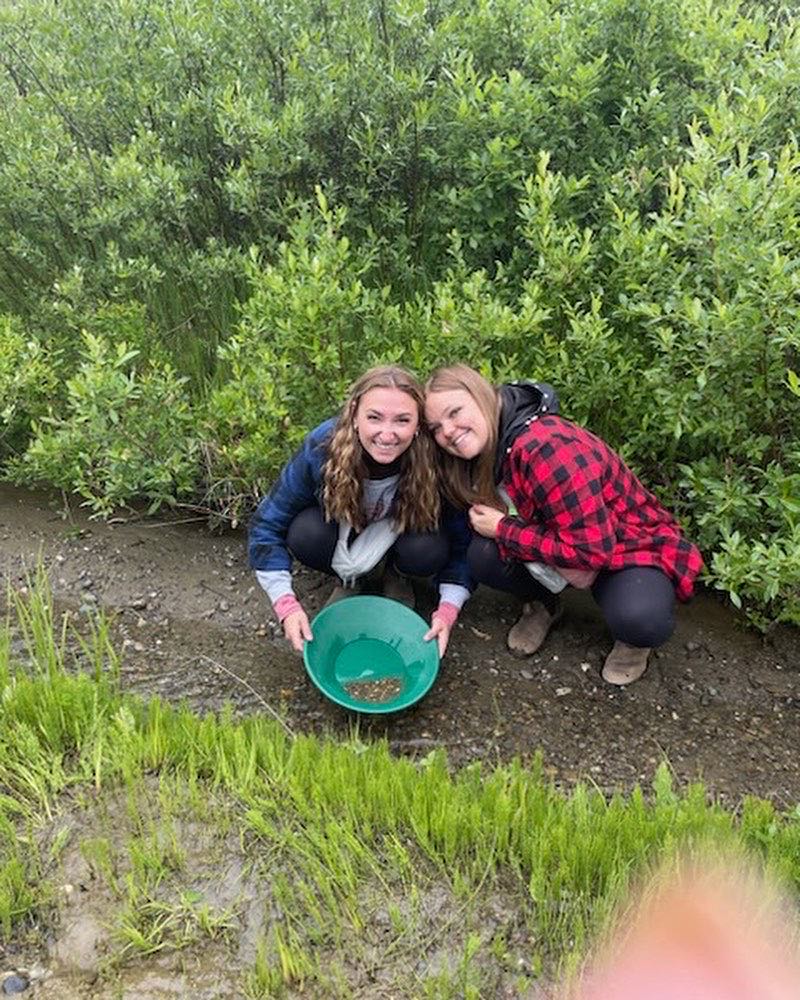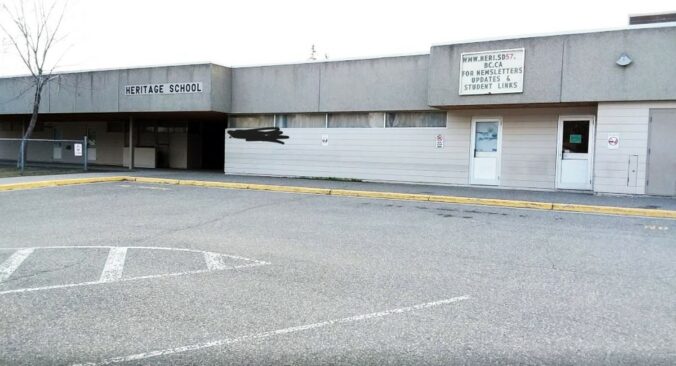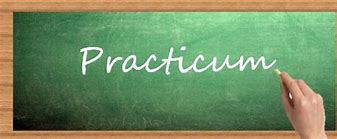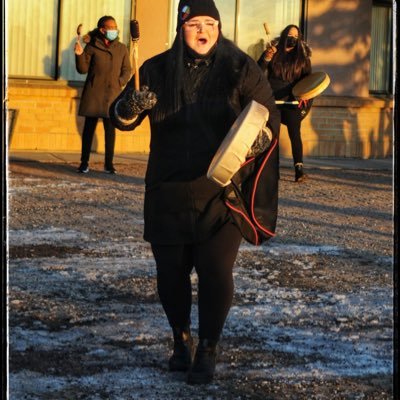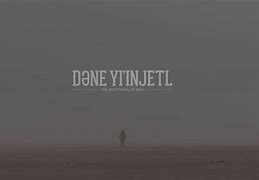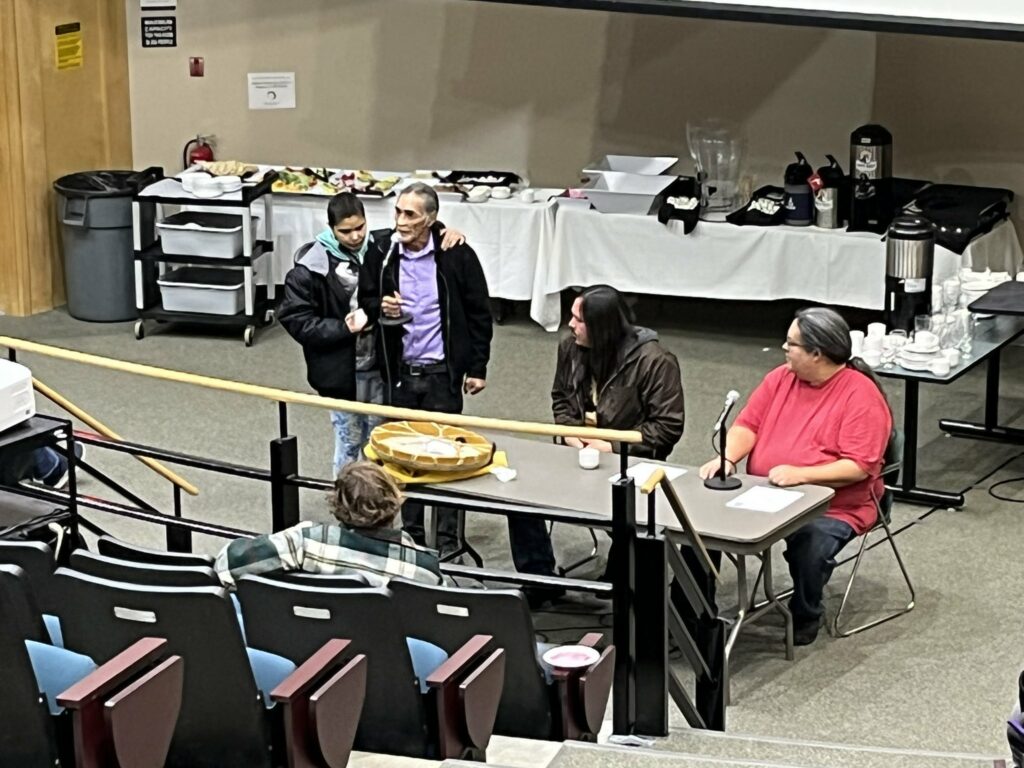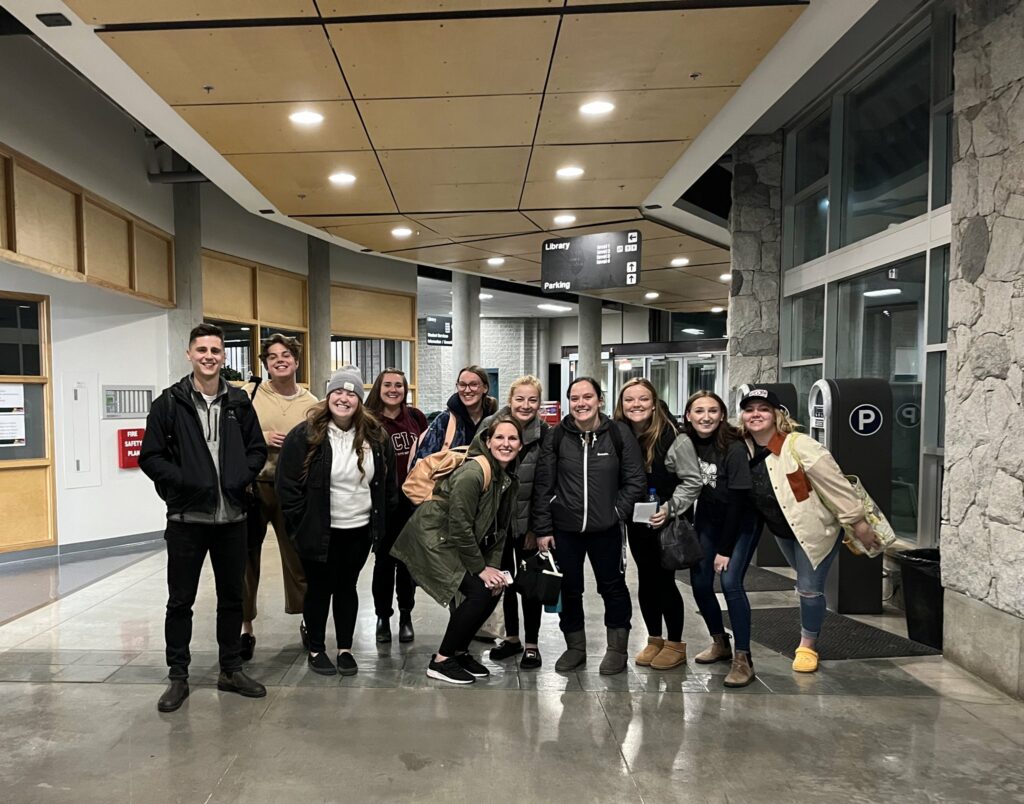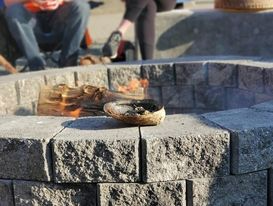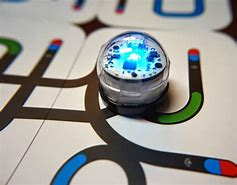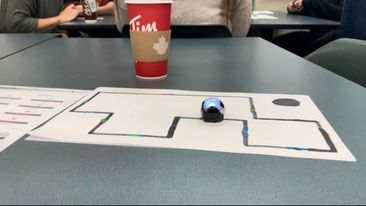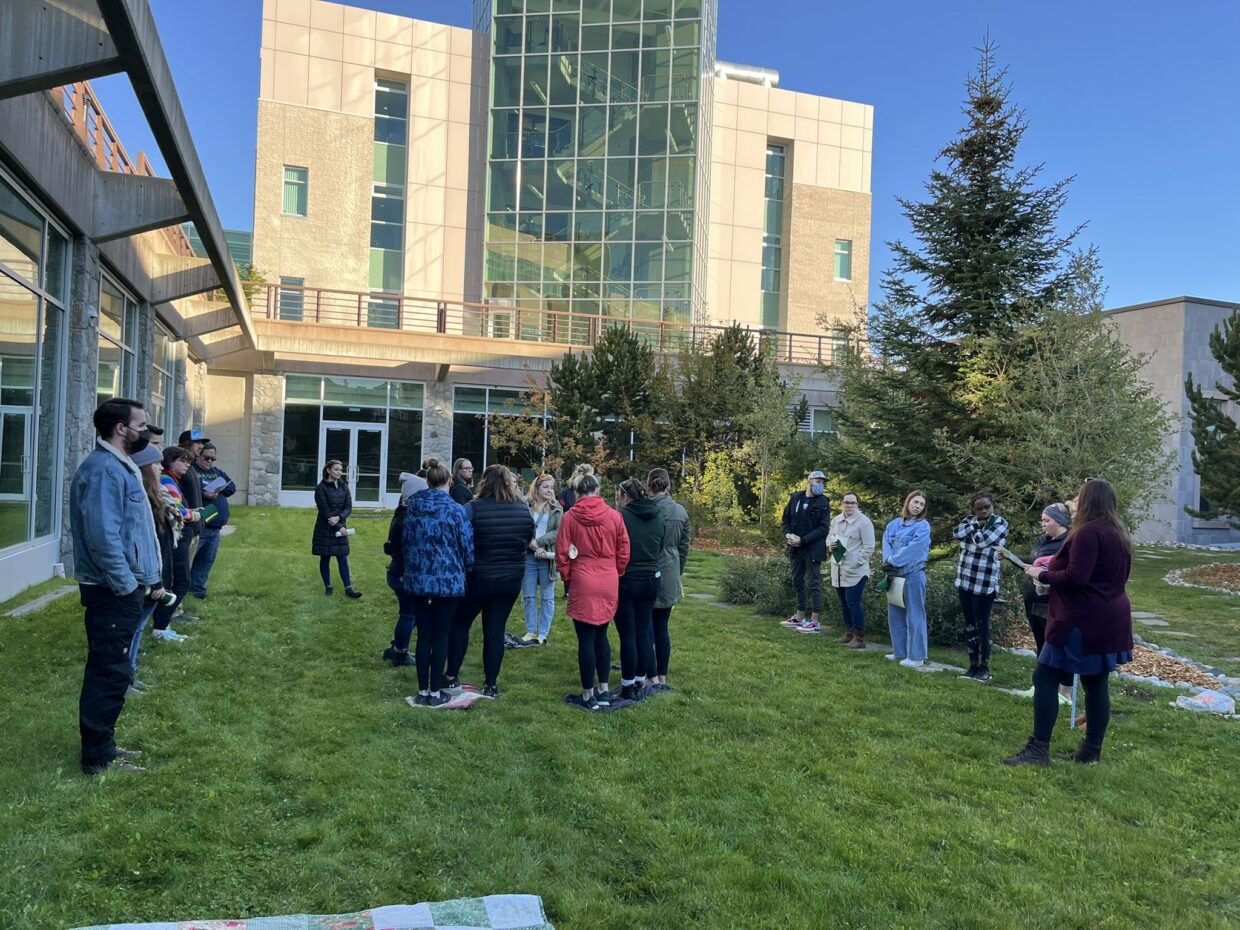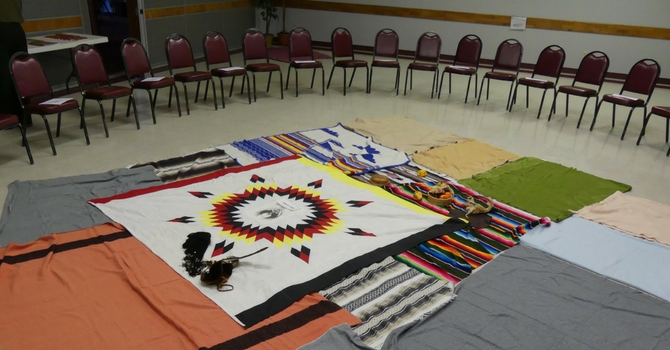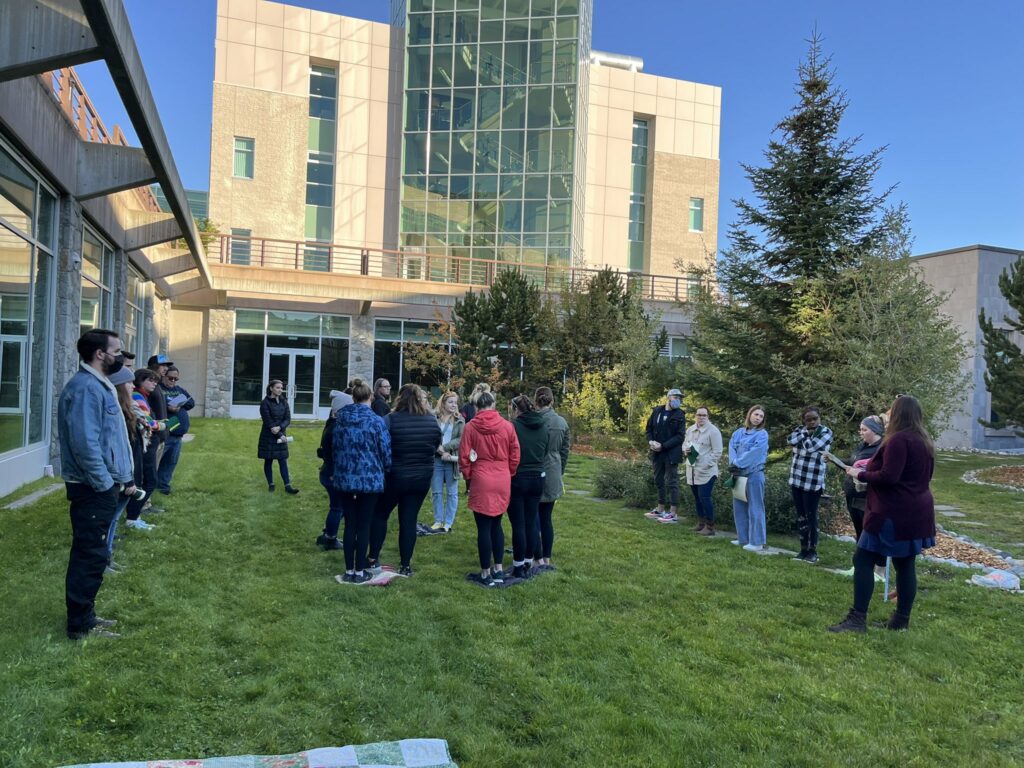As many of you know, educators participate in various Professional Development Days throughout the school year. These development days can range from learning about new developments in assessment methods all the way to ideas about incorporating risky play within the classroom/school grounds.
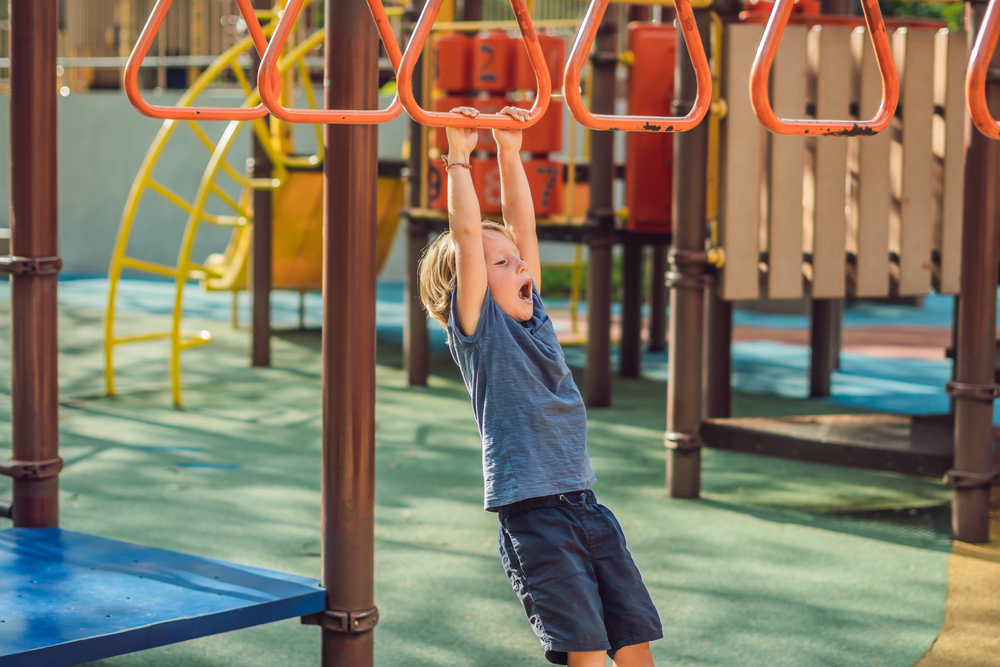
During my last practicum, I had the honour of participating at a Professional Development session at Ron Brent elementary school. The topic of this session was Risky Play and how we can welcome it into our classroom and on school grounds.
When I first heard of risky play, I was amazed that it was even considered an idea. But then again, I never really knew what it truly was and had a certain opinion on it based solely on the name. All of my thoughts changed when I attended this session.
During this session, there were multiple presentations by teachers from Ron Brent that allow their students to participate in risky play. Hearing their stories gave me a sense of purpose in trying to incorporate it into my future classroom. Now I know when you hear the words risky and play together in a sentence, it makes you scream on the inside because your first thought is, “the students will get hurt”. However, the staff at Ron Brent showed us how to safely allow the students to engage in risky play. I learned that before any student is allowed to participate in anything that is considered a risk, the teacher goes through copious amounts of lessons defining the rules to what they will be doing clearly. The teacher also spends time going over the difference between natural consequences and what is actual considered harm/injury.
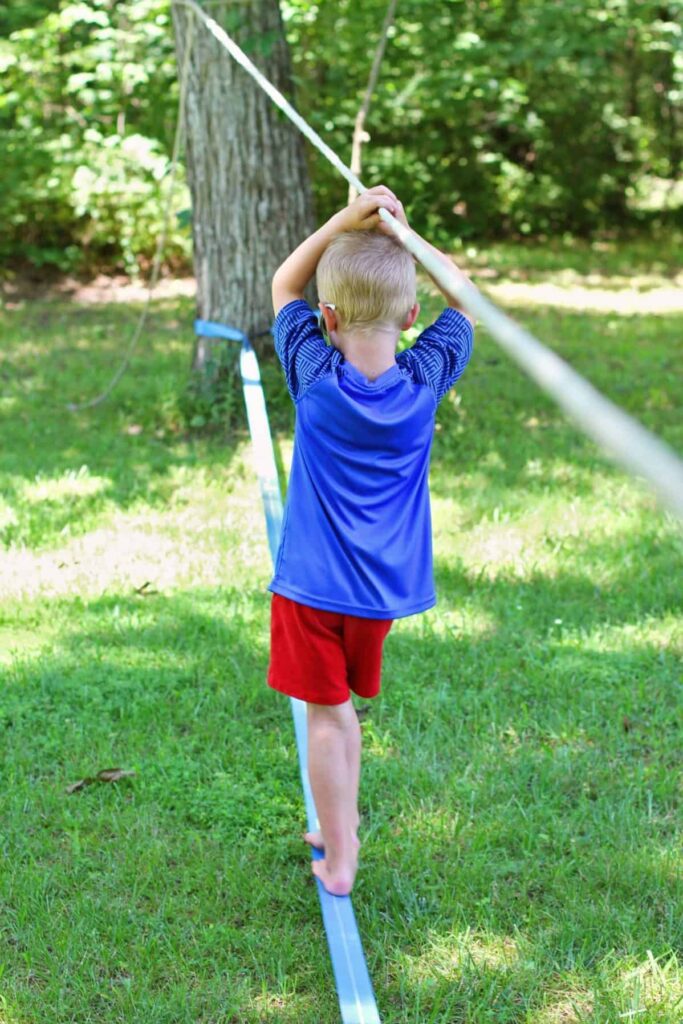
The presenters made sure to emphasize that the student underwent prior lessons about the dangers of certain activities and were taught that in order to participate in risky play, the student must make the conclusion themselves that they are confident in what they would like to do and are aware of all the natural consequences.
During this Pro-D, we got the opportunity to try out a few of the activities that the school allows the children to participate in. Ranging from tree climbing to wrestling, the presenters demonstrated to us the precautions that should be taken when allowing the students to engage in risky play.
After attending this Pro -D, I found myself thinking about incorporating risky play into my classroom and I look forward to trying some of the things I learned on my own students in the future.
Images
https://www.bing.com/images/search?view=detailV2&ccid=xozxvShD&id=4FB176556B4231F14768DBA76A9AE5ABE09DD0CC&thid=OIP.xozxvShDHk_RsF1n6KrSawHaE8&mediaurl=https%3a%2f%2fwww.wonderyears.com.sg%2fwp-content%2fuploads%2f2019%2f12%2fDepositphotos_193503098_s-2019.jpg&cdnurl=https%3a%2f%2fth.bing.com%2fth%2fid%2fR.c68cf1bd28431e4fd1b05d67e8aad26b%3frik%3dzNCd4Kvlmmqn2w%26pid%3dImgRaw%26r%3d0&exph=667&expw=1000&q=risky+play&simid=608033779029971009&FORM=IRPRST&ck=0FB8C647384A865BB267FA8D67400230&selectedIndex=3&ajaxhist=0&ajaxserp=0
https://www.bing.com/images/search?view=detailV2&ccid=WeeW93Vv&id=82D8130FDF4361446266C2E78A2ACBAB49DE81AB&thid=OIP.WeeW93VvV_w0TxPwsm07uwHaLH&mediaurl=https%3a%2f%2frunwildmychild.com%2fwp-content%2fuploads%2f2017%2f07%2fSlacklining-for-Kids-24-e1510337073662.jpg&cdnurl=https%3a%2f%2fth.bing.com%2fth%2fid%2fR.59e796f7756f57fc344f13f0b26d3bbb%3frik%3dq4HeSavLKornwg%26pid%3dImgRaw%26r%3d0&exph=1797&expw=1198&q=Slackline+for+Kids&simid=607997649751727188&FORM=IRPRST&ck=43AA4C695B50AB81629F51DF75CDAFF6&selectedIndex=5&ajaxhist=0&ajaxserp=0
